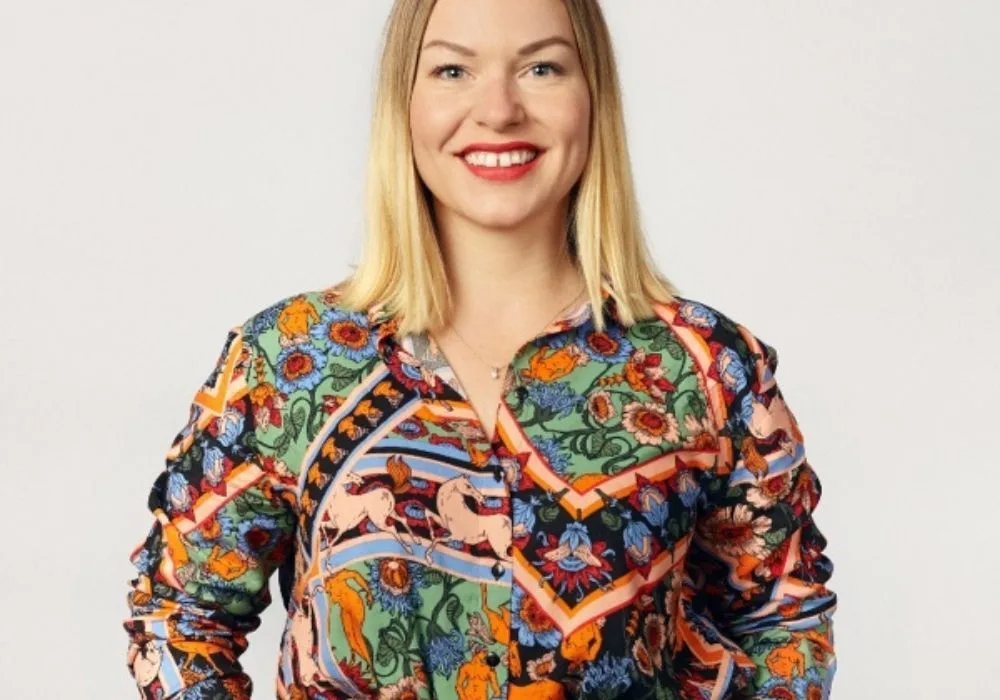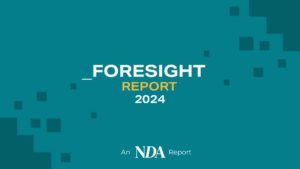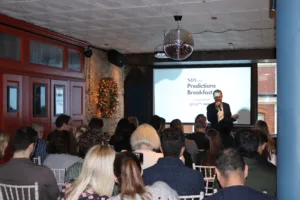As we enter H2, NDA asked a number of industry figures about what have been the key developments so far in 2021 and what’s to come.
This time it’s Silke Zetzsche, Head of Commercial Partnerships, A Million Ads
For advertisers, the marketplace has been transformed. The pandemic has accelerated existing trends in advertising further towards digital channels. In fact, according to figures from eMarketer, worldwide ad spending on traditional channels declined by 15.7% in 2020. By contrast, digital ad spending increased by 12.7% last year, despite the widespread impacts of the pandemic.
Yet with the focus on digital comes the rapid transition into a cookie-less environment, where access to a lot of data, especially third party data, is going to go.
Dynamic creative provides a solution to a cookie-less future, giving brands the opportunity to be agile in their messaging and delivering the right content in the right context. With dynamic ads, the creative can be informed and influenced by a range of contextual data points, including location, demographics, environmental data such as time of day or weather, and campaign information around special offers or promotions.
With the removal of the third party cookie, a lot of industry discussion is led around the challenge of targeting and addressability, but this is a fantastic opportunity for us to jump into exploring more creativity and addressing consumers based on their mood, sentiment or context at any given moment.
Increasing the use of contextual data will open up another level of creativity we rarely get to hear or see and will lead to more meaningful creative storytelling to engage listeners and viewers better.
Consumers have also become accustomed to personalised, emotive and thoughtful ads from brands. They are now looking for a personal touch and in the coming months brands need to identify ways to reach their customer base directly with messages they will care about and consider that they need to create a meaningful value exchange with consumers to get them onboard.
Dynamic ads will therefore enable brands to adapt their creative in real-time to things that consumers are experiencing – for example, a supermarket presenting bbq food as a heatwave begins or enjoying a celebratory drink as your favourite football team scores a goal.
This flexibility is going to be especially useful as we gradually move back into a normal lifestyle and the rules change day-by-day. For example, a travel company promoting different holiday destinations dependent on up-to-date restrictions, without having to rework the creative from scratch.
A unified brand approach
Another important issue will be how to unify different channels into a unified brand and marketing approach. Already we have seen this across mobile display and social media where we can create ad content that feels familiar to consumers. But the big question is how can we do this across different media environments, such as digital audio and video.
Moving forward, smart advertisers need to be rolling their audio and video advertising approaches into one dynamic strategy. And by doing so they can instantly adjust elements such as voice-overs, script lines and imagery based on contextual clues and data signals, which leads to efficiency in the production process for the brand, but more importantly makes the creative more engaging to its target audience through a unified brand identity.
In a time when brands should be looking to reconnect, dynamic audio and video advertising provides an opportunity for advertisers to build better connections with their customers. It’s time to embrace dynamic creative!
*A Million Ads is a client of Bluestripe Communications, owned by Bluestripe Group, the owner or NDA.









